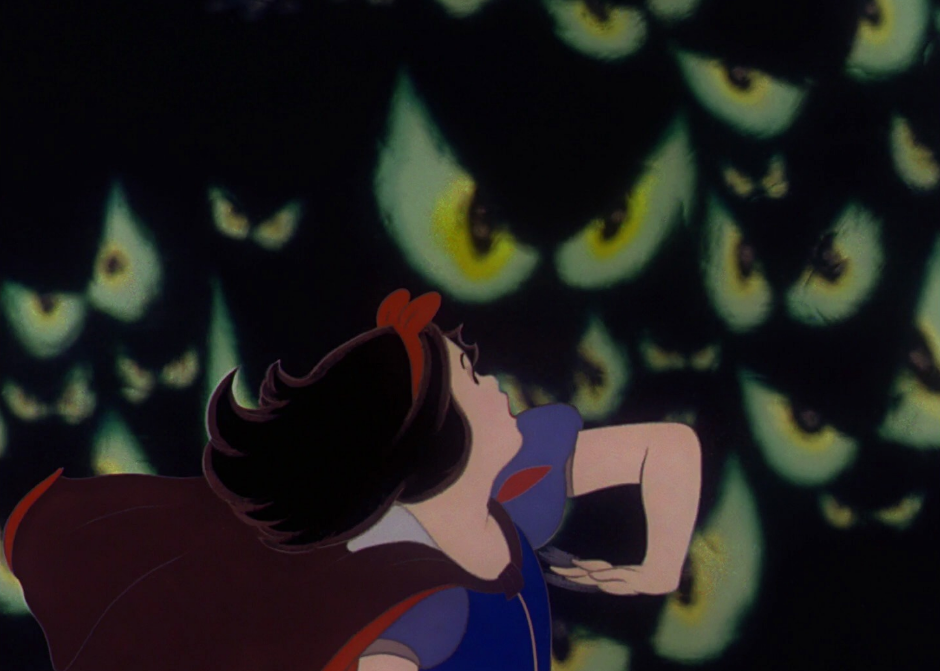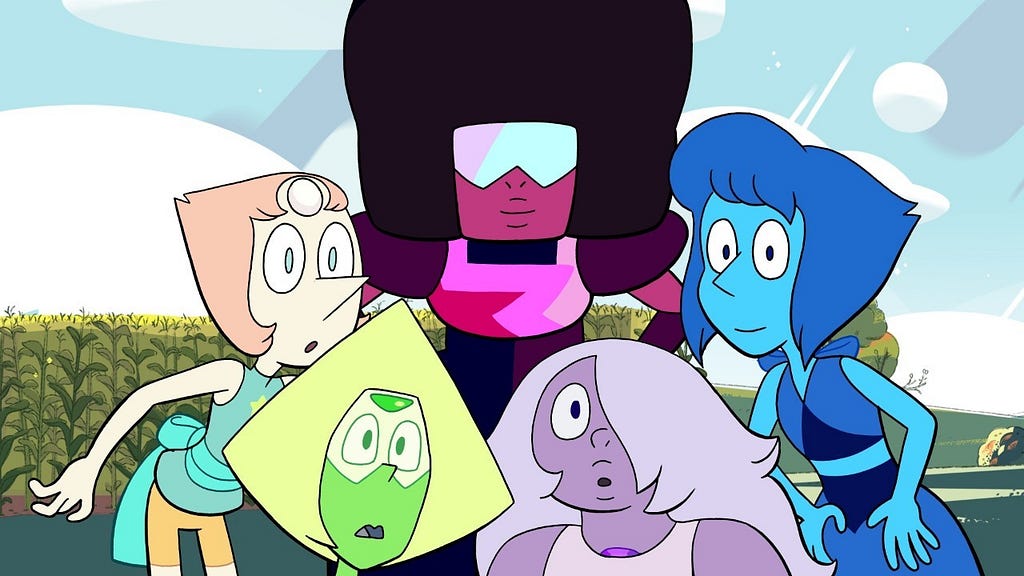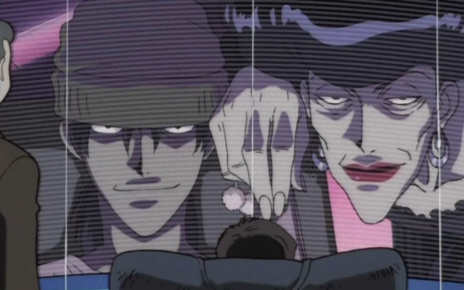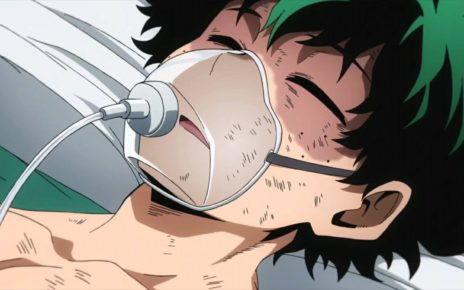When Rebecca Sugar, the creator of Steven Universe, secured her show a slot on Cartoon Network’s roster, she became the first woman to create an independent series in the network’s history. That, if you’re familiar with contemporary animation — or the entertainment industry as a whole — shouldn’t come as too much of a surprise: from writers’ rooms to character rosters, cartoons have long been a boys’ club.
Sugar, who cut her teeth storyboarding for Pendleton Ward’s Adventure Time series, knows it as well as any. Once, while speaking on the gender politics around cartoons and women, she said her goal for her show was “to tear down and play with the semiotics of gender in cartoons for children.”
With newer shows like The Loud House, the reboot of DuckTales, and Star vs. The Forces of Evil following in Steven’s footsteps, Sugar’s thesis feels like the beginning of a shift in the culture of animated television. Which is good news for viewers of all sorts, because, despite popular belief, the cartoons of yore—even those with female leads—focused almost exclusively on girls who were either absurdly adorable or lacking in their independence. It’s not that these shows didn’t exhibit feminine power. It’s that, in the gender and diversity department, they just don’t hold a candle to the cartoons of today.

Take The Powerpuff Girls, for instance, which debuted as a short on Cartoon Network’s anthology show What a Cartoon! before being adapted into its own series by creator Craig McCracken in 1998. (The finale aired in 2005.) The show centers on Blossom, Bubbles, and Buttercup, three girls with superpowers created by their father, the scientist Professor Utonium, who lives in the fictional city of Townsville, USA. In the late ’90s, The Powerpuff Girls became the top-rated program in Cartoon Network history, with both boys and girls tuning in to absorb the countless tales of three superheroines exhibiting strength and cuteness simultaneously.
Although historically the show broke new ground by providing female representation on a male-dominated network, it failed to exhibit female anger without the use of hyper-femininity and prettiness to offset it. The Powerpuff Girls fight male violence in the forms of vampires and monsters and the like, and they are self-sufficient fighters who continuously save those around them, regardless of gender. Even in their most action-packed scenes, however, they are always stereotypically feminized.
If you liked this story, sign up for our newsletter.
This dynamic occurs in the episode “Stuck Up, Up, and Away,” when Princess Morbucks, the spoiled rich girl, fights Blossom, Bubbles, and Buttercup. Morbucks enters the fight wearing golden armor, pink shades, and a crown with a jewel embedded in it—all accessories establishing her feminine presence. The scene blazes with pink comic-book-style flares to designate kicks, beautiful crystals within Blossom’s ice breath, and the general aesthetic of charm based on the girls’ designs and emotions, accompanied with bright pink backgrounds and gimmicky sound effects. In spite of the episode’s violence, the feminine imagery that accompanies it seemingly establishes that girls cannot express fierceness without a natural beauty factor.
The same issues permeated the works of another network — one known for its past girl power movement in cartoons and children’s entertainment. My Life as a Teenage Robot, an animated series created by Rob Renzetti for Nickelodeon in 2003, follows the adventures of XJ-9, better known as Jenny Wakeman, a robot girl who protects the Earth but also tries to live a regular teenage life.

Thematically, the show presents plenty of sexism-related problems; most of Jenny’s attempts to become “normal,” for instance, often fail due to the strengths that come from her being a robot. Jenny consistently strives to become one of the popular girls, who are inevitably depicted as snotty and self-concerned. She fails over and over at this, and her efforts to perform normative femininity and thereby gain acceptance suggests that girls cannot be both strong and feminine at the same time.
Over the course of the series, as Jenny attempts to pass for an ordinary girl who is normatively feminine, her efforts to fit in undercut the strength of her character. One episode, in particular, that shows this is “The Return of Raggedy Android,” in which Jenny grafts an exo-skin created by her mother to her body in order to become the “perfectly normal human girl.” When Jenny enters the teen-hangout spot with her new look, all eyes lock onto her — her red lips, her skinny-yet-curvy body, her short blue dress. The episode takes a very dark turn when Jenny removes the exo-skin for the night only for it to cling back onto her body and ask her the daunting question: “Isn’t it nice to wake up beautiful?”
My Life as a Teenage Robot illustrates a central dilemma of female empowerment by making Jenny choose between being beautiful or being a kick-ass hero. This conflict establishes the message that women cannot concurrently be both.
On top of this, many cartoons in the ’90s and early ’00s failed to represent girls and young women of color or those of different body types, suggesting that girl power is race-, class-, and size-based. Its representation of unattractive girls as ineffectual superheroes further limited girl power to only those who successfully engaged in normative femininity. Even as recently as 2015, diverse women in animated television remained a relatively rare sight. Not until recently did supporting female characters start to break out of the same old molds and serve as vehicles for new stories.
Mind you, even in the older cartoons, there are exceptions. In The Powerpuff Girls, Buttercup, whose aggressive attitude stood out from those of most female characters at the time, reflected a masculine persona to many watching the show. And Hey Arnold!, an extraordinary series that focused on middle-schoolers who lived in the inner city, was perhaps the most radical of them all, depicting complex women consistently and accurately (Helga Pataki being a prime example, despite her obvious obsession with Arnold). Eliza Thornberry, the brace-faced protagonist of The Wild Thornberrys, threw herself consistently into danger to assist wildlife in living in a world ravaged by humans, and to help others realize their own stories.

But still, in the world of cartoon representation, there’s everything else and then there’s Steven Universe. Sugar’s show has received critical acclaim for its art design, music, characterization, and female representation. Although the protagonist is male (who is, in fact, the reincarnation of his mother), a majority of the cast is female, with depictions of all sorts of colors, body types, and personalities. The show teems with a multiplicity of female and femme characters—a result, most likely, of having a woman creator and showrunner, unlike all the above-mentioned shows. This ownership reflects itself in a show where a diverse cast of femmes have agency, complex personalities, robust character arcs, and importance all on their own—and where looks have no relation to their authority or emotions.
While fans of animated television might cling to the credence of female representation, it remains apparent that a lot of work needs to be done within the industry. Although most programs involve a number of female characters, these personalities come off as one-dimensional, conventional and, worst of all, forgettable. Although children’s television reserves female protagonists and teases the façade of female empowerment, sometimes it fails at providing enough diversity and relatability necessary for change. While we can enjoy most of these shows, it’s important to take a step back once and a while to see the whole picture.
If you liked this story, sign up for our newsletter.
Thanks for reading The Dot and Line, where we talk about animation of all kinds. Don’t forget to for this article and follow us on Twitter and Facebook.





